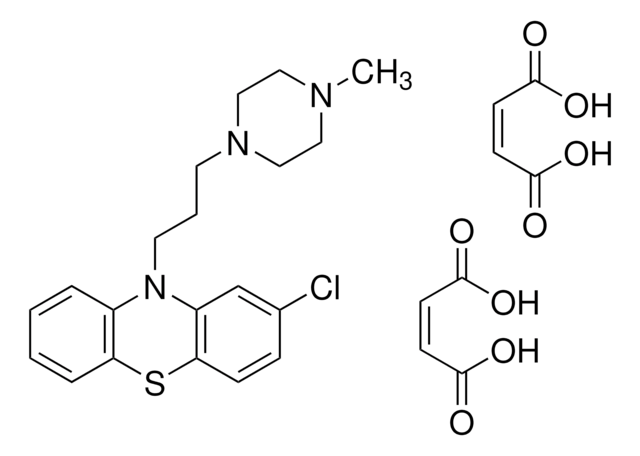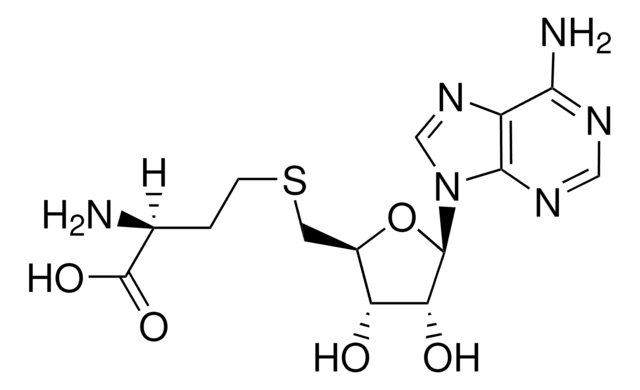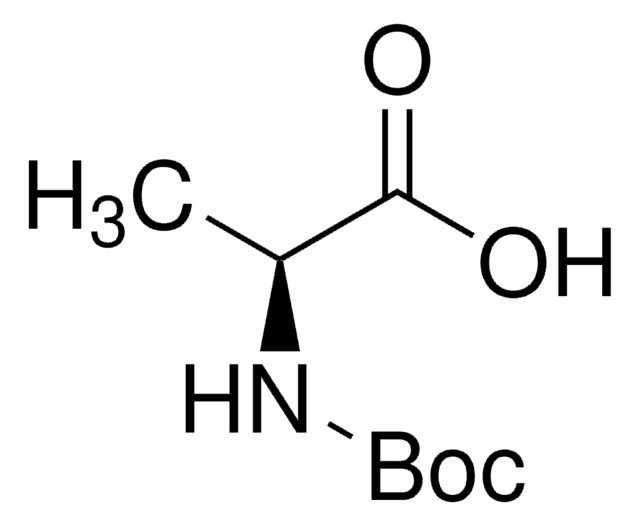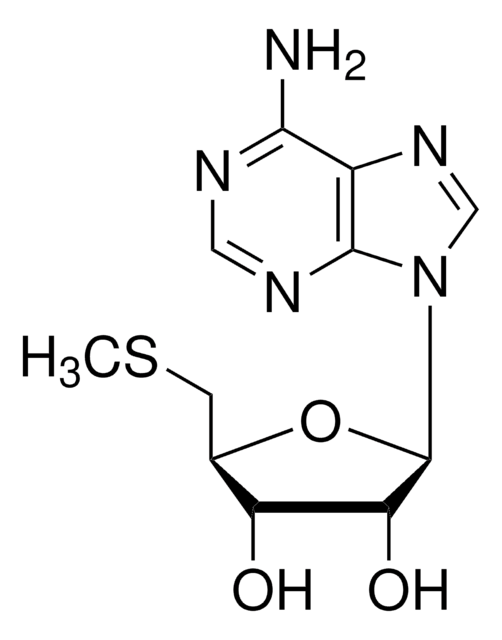SML0335
Remacemide hydrochloride
≥98% (HPLC)
Synonyme(s) :
2-Amino-N-(1-methyl-1,2-diphenylethyl)-acetamide hydrochloride, FPL 12924AA, PR 934-423A
About This Item
Produits recommandés
Essai
≥98% (HPLC)
Forme
powder
Conditions de stockage
desiccated
Couleur
white to beige
Solubilité
H2O: >10 mg/mL
Température de stockage
room temp
Chaîne SMILES
Cl.CC(Cc1ccccc1)(NC(=O)CN)c2ccccc2
InChI
1S/C17H20N2O.ClH/c1-17(19-16(20)13-18,15-10-6-3-7-11-15)12-14-8-4-2-5-9-14;/h2-11H,12-13,18H2,1H3,(H,19,20);1H
Clé InChI
HYQMIUSWZXGTCC-UHFFFAOYSA-N
Actions biochimiques/physiologiques
Caractéristiques et avantages
Mention d'avertissement
Danger
Mentions de danger
Conseils de prudence
Classification des risques
Acute Tox. 4 Oral - Aquatic Acute 1 - Eye Dam. 1
Code de la classe de stockage
11 - Combustible Solids
Classe de danger pour l'eau (WGK)
WGK 3
Point d'éclair (°F)
Not applicable
Point d'éclair (°C)
Not applicable
Faites votre choix parmi les versions les plus récentes :
Certificats d'analyse (COA)
Vous ne trouvez pas la bonne version ?
Si vous avez besoin d'une version particulière, vous pouvez rechercher un certificat spécifique par le numéro de lot.
Déjà en possession de ce produit ?
Retrouvez la documentation relative aux produits que vous avez récemment achetés dans la Bibliothèque de documents.
Articles
We offers many products related to ion channel family glutamate receptors for your research needs.
Notre équipe de scientifiques dispose d'une expérience dans tous les secteurs de la recherche, notamment en sciences de la vie, science des matériaux, synthèse chimique, chromatographie, analyse et dans de nombreux autres domaines..
Contacter notre Service technique









